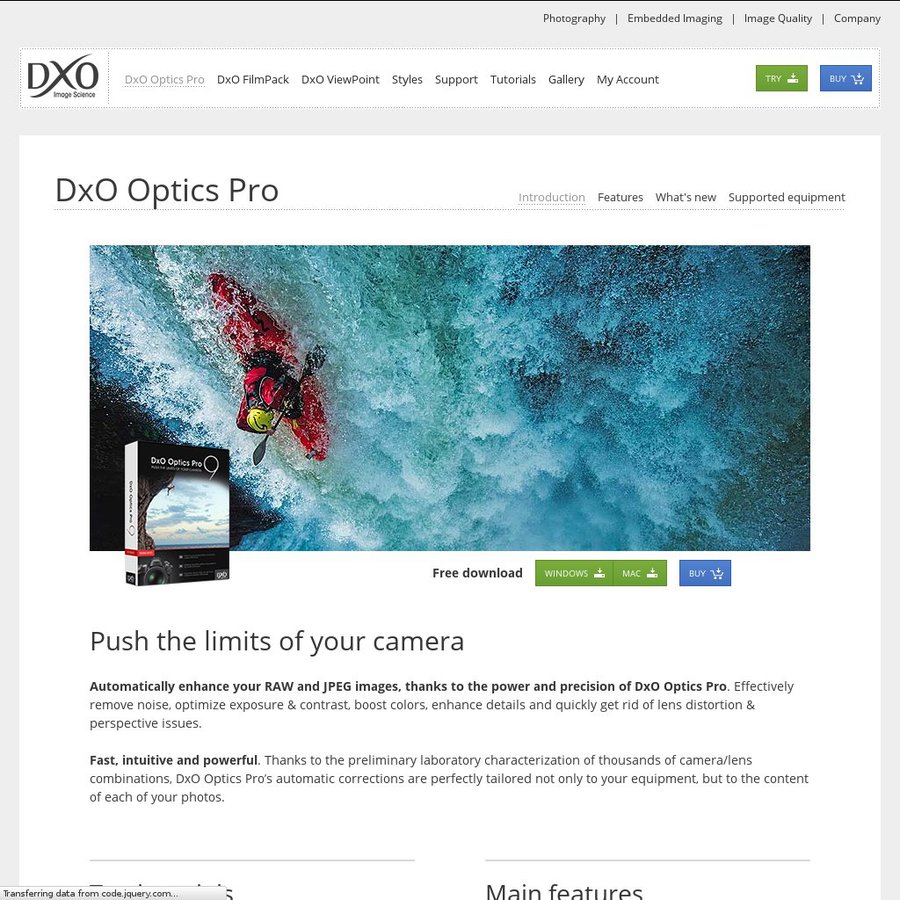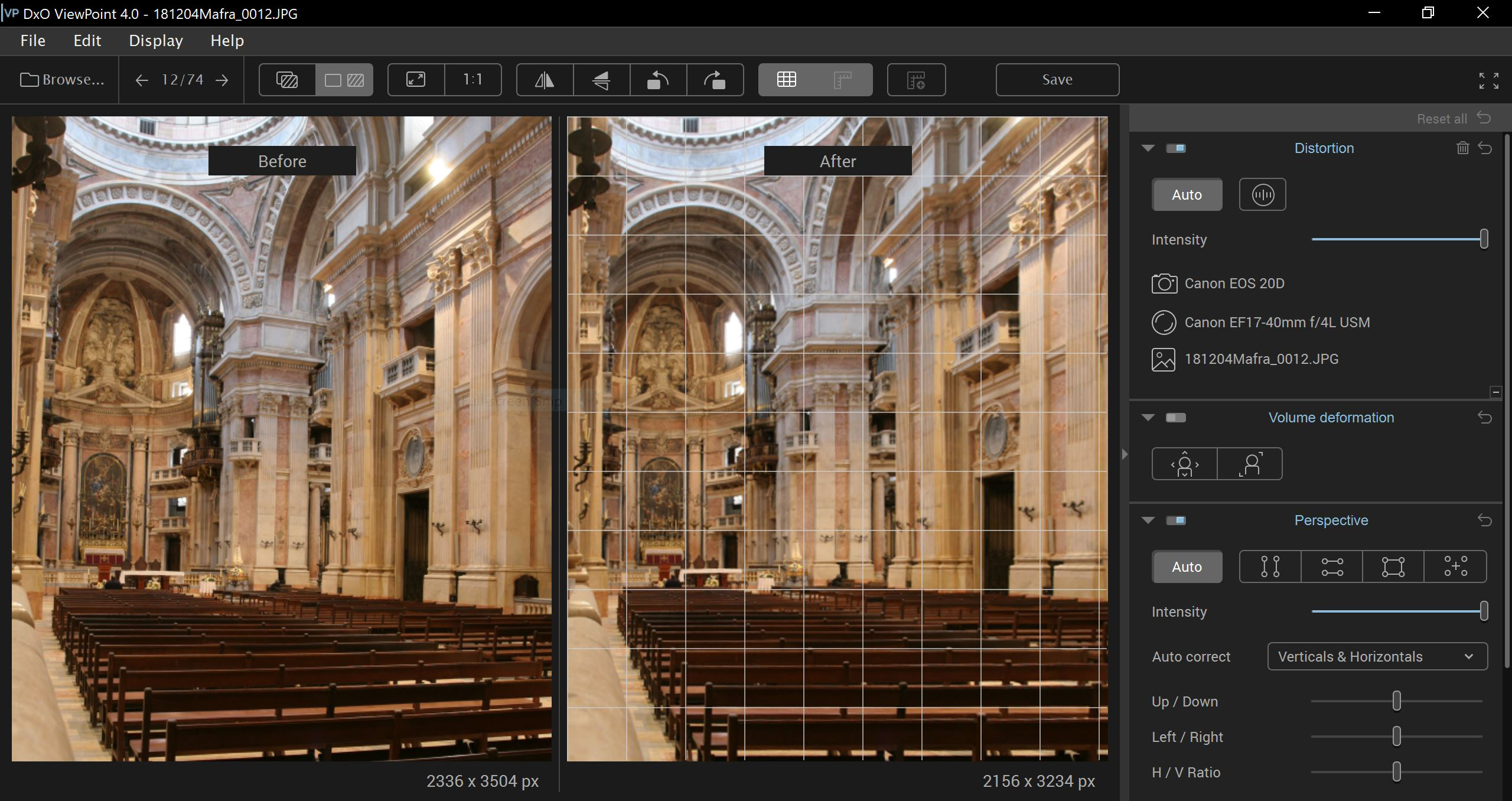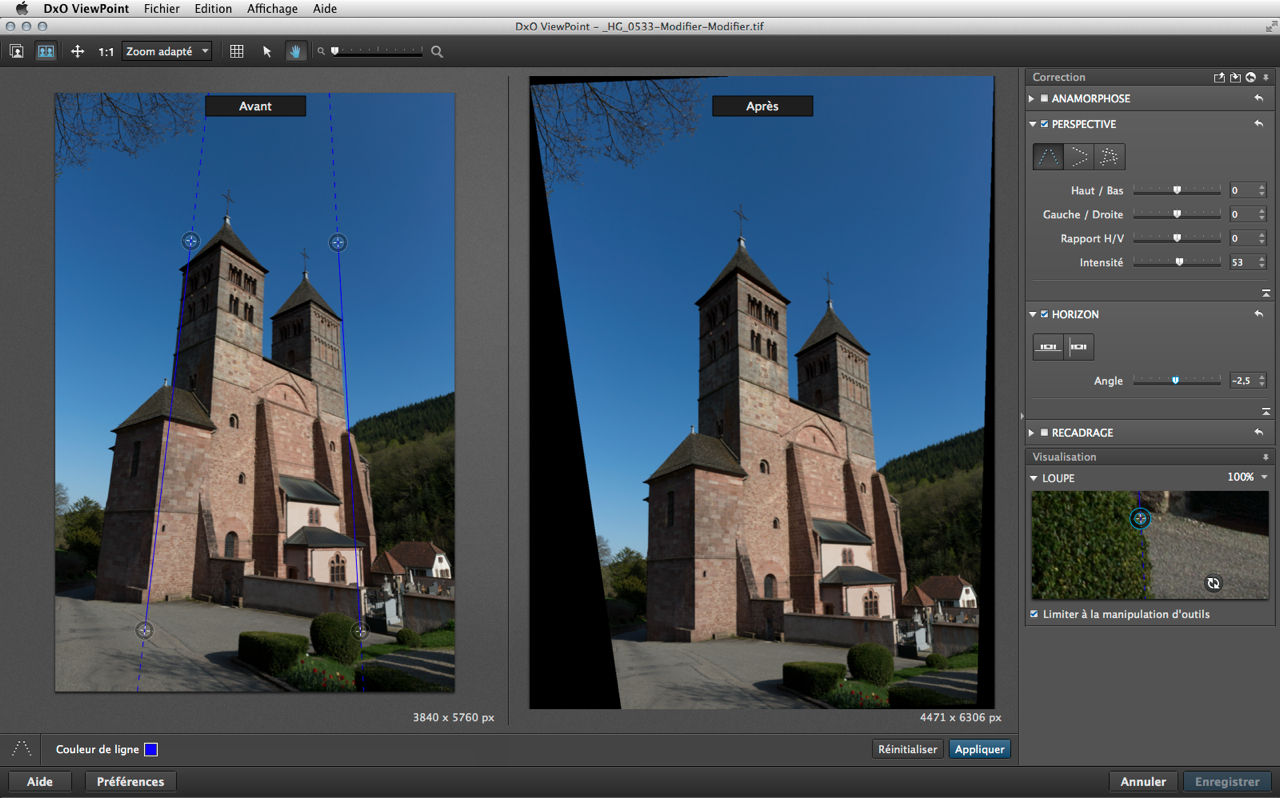
Images are named with a suffix contaning the settings, the first number is the master (luminance) slider, if there is a second number I refer to the "noise model" slider that is new in DPL6.Īs you can see at the default luminance of 40, DeepPrimeXD produces equal or slightly less grain in the blurred areas with no artifacts, and preserves even more detail.Īnd what's more, there is a strong dependence of the residual noise on the luminance value, from 0 to 100 (last two pictures) I am clearly exploring the trade-off between detail preservation and removal of grain. This is shot with a Fuji XF10, 24MP APS-C sensor (non X-trans). Up to ISO1600, perhaps 3200 both DeepPrime and XD seem to do a good job and behave "as intended" (i.e. It was taken in "bad" light, but it is representative of the general impression I have in the range of about ISO3200+ to ISO12800+. I will post some examples from an ISO12800 test image.

With the new XD variant I think that there is some evidence that support (that is, I guess, fine-tuning of the model for this camera model) could better. Since I got the camera I was under the impression that the DeepPrime NR did not do as good a job as on my older cameras. Good as ViewPoint 4 is (and it really is very good), the workflow options are a real tangle.I'm experimenting with the new PL6 and the K-3 mark 3. The other factor is that Lightroom will apply perspective corrections within its own non-destructive workflow, but if you send an image to the ViewPoint 4 plug-in, that creates a permanent JPEG or TIFF image with adjustments you can’t revisit later.įinally, let’s not forget the Perspective Efex plug-in, part of the Nik Collection – this does much of what ViewPoint 4 does. And if you use ViewPoint 4 as a plug-in, your host application will almost certainly apply lens corrections itself before it even sends the image to ViewPoint. Our Olympus E-P7 bakes lens corrections into its raw files and JPEGs, as do most mirrorless cameras, but ViewPoint 4 doesn’t seem to know this and will apply its own correction profiles on top if you ask it to (if you don’t know any better, say).

You may also end up applying corrections twice. (Image credit: Rod Lawton) (opens in new tab) It doesn't like images that have been edited in any way, it doesn't seem to spot that many mirrorless cameras embed corrections already, and if you're using it with a host program, then corrections will quite probably have been applied already. The Distortion panel seems borderline redundant. The issue here is that all three have perfectly good perspective correction tools of their own built in, so all that ViewPoint 4 can add, in reality, is volumetric deformation correction, local ReShape adjustments and – perhaps – slightly better results. If you want to work with raw files you must use it as a plug-in from Lightroom Classic, Photoshop or PhotoLab. The first surprise is that in standalone mode ViewPoint 4 can only open JPEG and TIFF files, not raw. But when you start to figure out how it might fit into your workflow, things become more complicated. There’s nothing to complain about in its design and interface layout. ViewPoint 4 is both very powerful and easy to use, and that’s very much to its credit.

For that you need to run it from a 'host' program as a plug-in or external editor. The standalone mode has a quick simple folder browser on the left – but it turns out ViewPoint 4 can't display or edit raw files (or iPhone HEICs). If you launch it as a standalone program, you’ll also get a directory tree of all your folders in the left sidebar. Miniature effect: this seems like a bit of a departure for an optical correction tool, but it mimics the shallow depth of field effect of a tilt lens.Īnd that’s pretty much all there is to ViewPoint 4.
Dxo viewpoint settings lenses manual#
Horizon: an automatic or manual tool for levelling up horizons.Ĭrop: you can apply different aspect ratios and rotate images to straighten them here, too. Reshape: a new feature in ViewPoint 4 which is like a local warping tool for correcting the perspective rendering of smaller objects within a scene.
Dxo viewpoint settings lenses plus#
Perspective: automatic correction for vertical convergence, horizontal convergence or both, plus manual tools which include powerful 8-point adjustment. Volume Deformation: a tool you won’t find anywhere else for correcting the artificial elongation of objects near the edges of the frame in photos shot with ultra-wide lenses. Distortion: for applying automatic lens correction profiles, which can be downloaded as necessary.


 0 kommentar(er)
0 kommentar(er)
